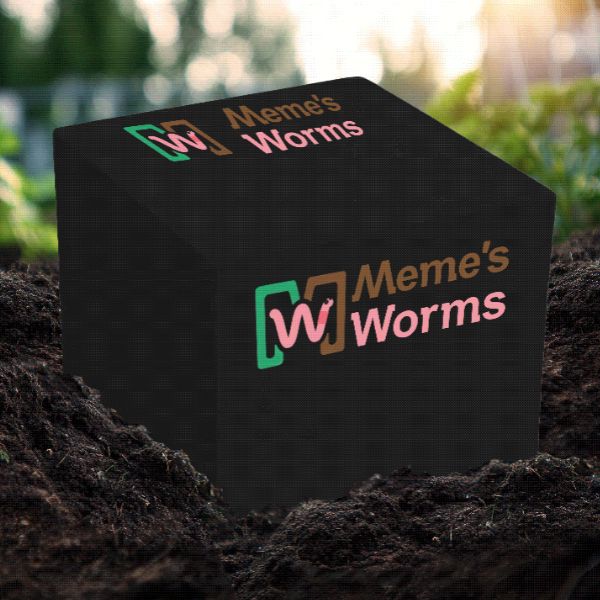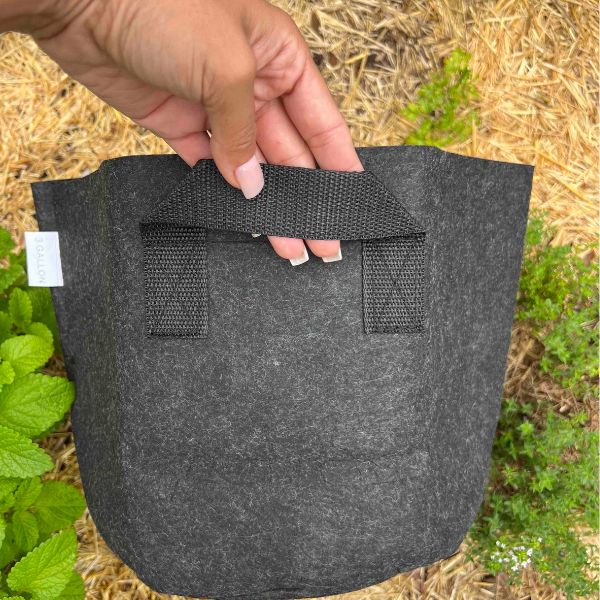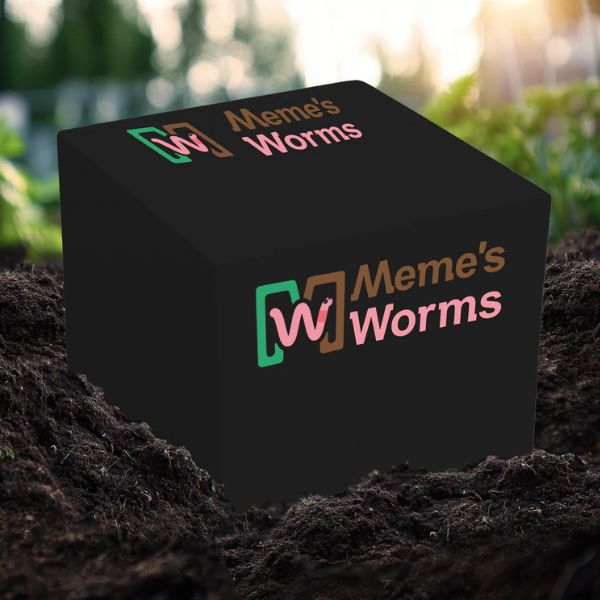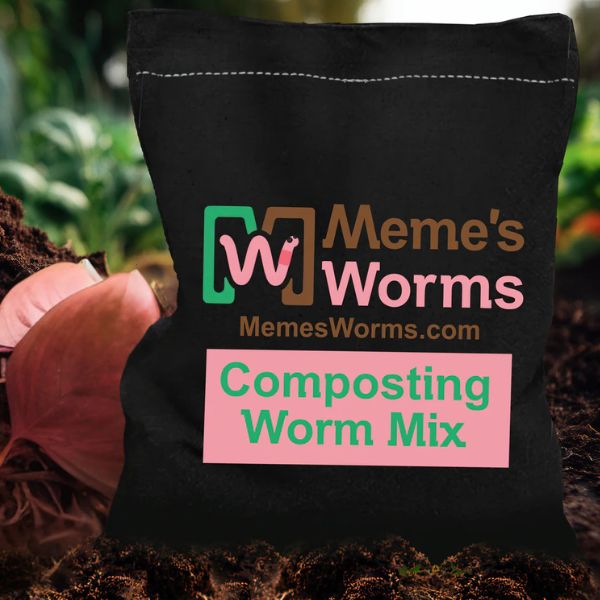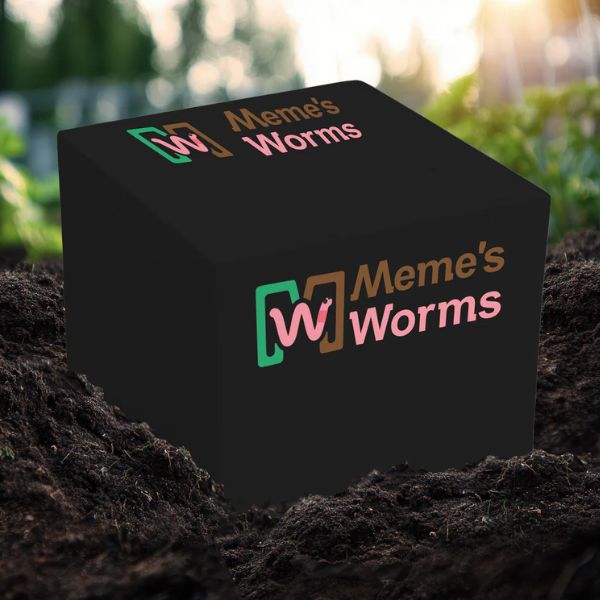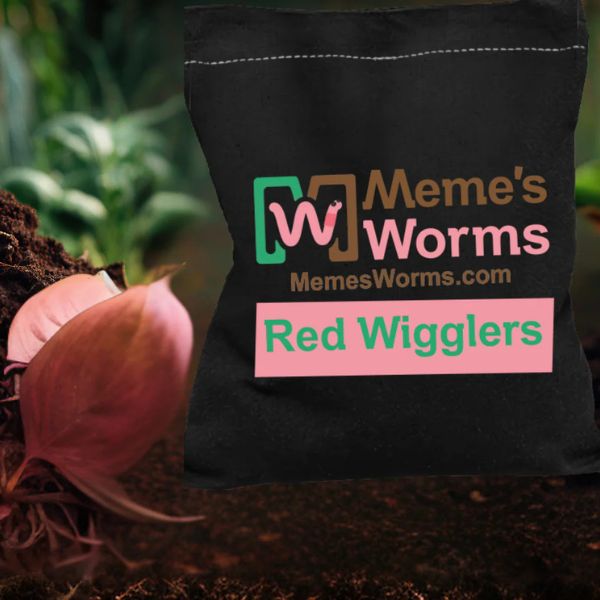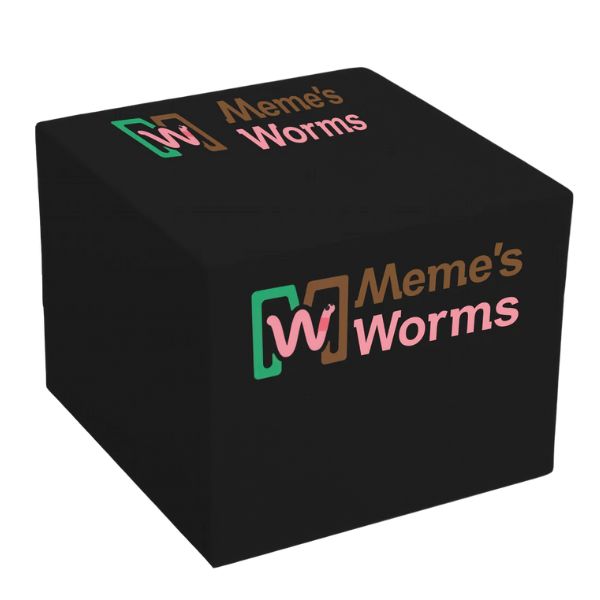Our Worms
New to composting? Start with the Pure Red Wigglers (Eisenia Fetida). They are the easiest and most adaptable composting species to manage in most climates.
Composting & Garden Soil Health
The average American throws away 290–365 pounds of food waste per person, per year. Vermicomposting (worm-assisted composting) is an easy, natural way to transform that waste into nutrient-rich compost for your garden. Adding composting worms enhances aeration, improves soil structure, and increases long-term fertility.
Composting For Beginners
Starting a composting system is a sustainable method to recycle food and organic waste into nutrient-rich soil.
Beginning is simple:
- Select a proper-sized compost worm bin based on your daily organic waste volume.
- Add composting species such as Pure Red Wigglers along with a worm blanket to maintain airflow and coco coir to retain moisture.
- Feed your compost system with fruit and vegetable scraps, coffee grounds, and natural organic materials — but avoid citrus, dairy, and meat to prevent imbalance or odor.
- Keep the bin in moderate temperatures and ensure moisture without overwatering.
- Gently aerate the compost 1–2 times a month and refresh bedding every 4–6 months.
- Harvest finished compost every few months and use it as a natural fertilizer in your garden.
Composting For The Advanced
Advanced composters refine the process to achieve higher-quality compost in less time. Techniques include:
- Testing: Check nutrient content periodically to optimize input materials.
- pH Balance: Maintain stable pH for ideal decomposition.
- Material Diversity: Combine carbon- and nitrogen-rich inputs for faster, richer compost.
- Pre-Treatment: Shred or soak materials to accelerate decomposition.
- Species Mix: Use a balanced combination of Eisenia Fetida or European Nightcrawlers for layered composting efficiency.
- Feeding Regimen: Maintain consistent feeding intervals for steady compost output.
Worms For Garden Soil
Adding composting worm to soil helps enhance aeration, root development, and overall plant health. Their natural tunneling promotes better water flow, while organic decomposition produces nutrient-rich castings that act as organic fertilizer.
These castings also improve soil texture, retain moisture, and foster beneficial microbes that suppress plant diseases.
Composting worms help build biodiversity and long-term soil balance — essential for sustainable gardening.
What's the difference between worms?
Each species has distinct preferences and composting characteristics.
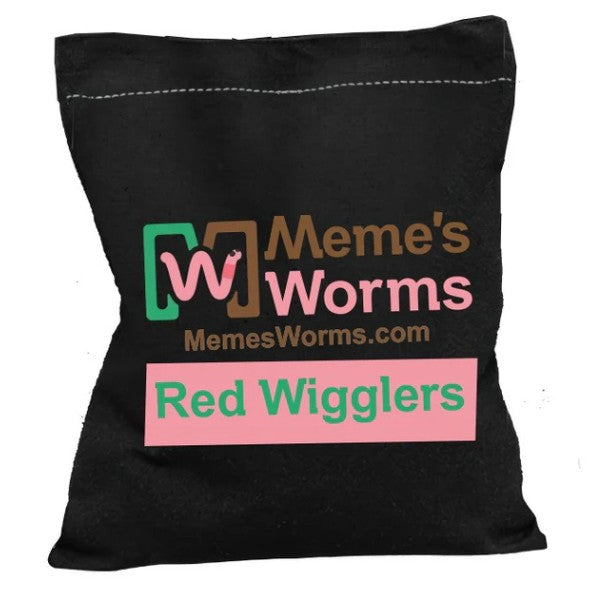
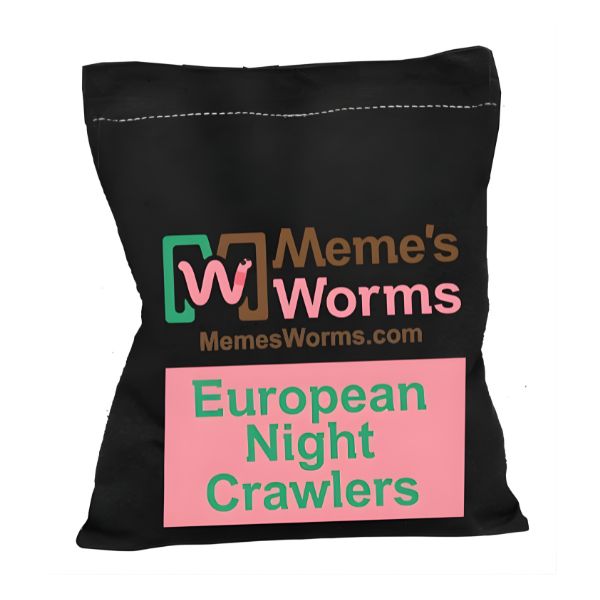
Prefers 55° to 77°F, will tolerate 40° to 90°F
Prefers 60° to 70°F, will tolerate 45° to 80°F
Middle layer
Bottom/Deep Layer
Quick growth, leading to a larger population.
Slower growth compared to Red Wigglers.
Efficient in breaking down food waste and organic materials.
Highly effective in processing organic waste, but at a slower rate than Red Wigglers.
Most popular worm for composting and gardens.
They are larger in size compared to Red Wigglers.
Our Worm Species'
Red Wigglers (Eisenia Fetida)
These composting worms naturally break down organic waste into rich, microbe-filled compost. They are beginner-friendly and ideal for most climates.
European Nightcrawlers (Eisenia Hortensis)
Known for their strong soil-building capability and ability to recycle organic material into compost. Excellent for improving garden soil health.
Indian Blues (Perionyx Excavatus)
A tropical composting species recognized for their adaptability and speed in processing organic matter. Commonly used in bioremediation and warm-region composting.
FAQ
Common questions about composting worms
What are the best worms to start with for composting or gardening?
For beginners, Eisenia Fetida (Red Wigglers) and European Nightcrawlers are top choices.
Red Wigglers: Excellent for indoor compost bins and fast decomposition.
European Nightcrawlers: Great for soil aeration and deeper compost systems.
What are garden worms and how do they differ from earthworms?
Garden worms (like Eisenia Fetida) are composting species that thrive near the surface and process organic waste rapidly.
Earthworms is a broader term that includes soil dwellers like Eisenia Hortensis, which improve drainage and structure.
Can I talk to someone at Meme’s Worms for assistance?
Absolutely! You can talk directly with Meme at (229) 507-0203 to have all your questions answered. Whether you’re an experienced composter or a beginner, we’re here to help.


